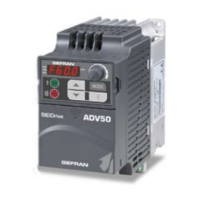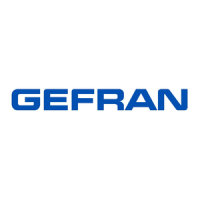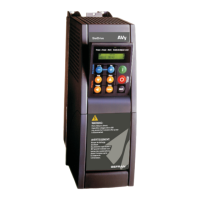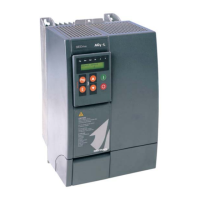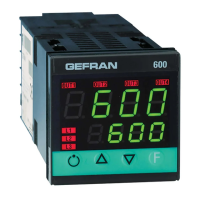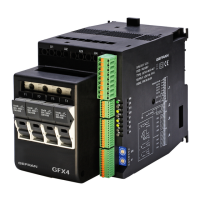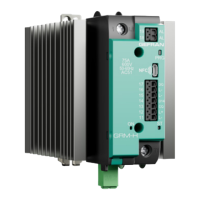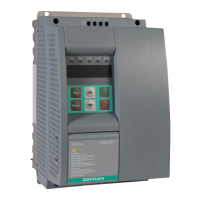What to do if my gefran SIEIDrive ADV100 Controller displays an intake air temperature too high alarm?
- MMichelle GonzalesAug 26, 2025
If your Gefran Controller shows an intake air temperature too high alarm, check correct fan operation.
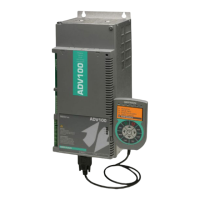
What to do if my gefran SIEIDrive ADV100 Controller displays an intake air temperature too high alarm?
If your Gefran Controller shows an intake air temperature too high alarm, check correct fan operation.
What to do if my Gefran Controller displays a 'Heatsink temperature too high or too low' alarm?
If your Gefran Controller displays a 'Heatsink temperature too high or too low' alarm, it signifies that the temperature has exceeded the upper or lower limit set for the linear temperature transducer. You should: - Verify the correct operation of the cooling fan. - Check that the heatsinks are not clogged. - Check that the openings for the cabinet cooling air are not blocked.
| Category | Controller |
|---|---|
| Safety | STO (Safe Torque Off) |
| Protection class | IP20 |
| Switching frequency | 16 kHz |
| Fieldbus | CANopen, Modbus RTU |
| Communication interface | RS485 |
| Storage temperature range | -25°C to 70°C |
| Relative humidity | 5% to 95% (non-condensing) |
| Dimensions | Varies by model |
| Weight | Varies by model |
Lists and describes parameters for monitoring drive status and operational values.
Details parameters for identifying and configuring the drive, including version and series.
Covers parameters for saving settings, setting regulation mode, and managing access.
Details how speed and torque references are adapted and set using various input sources.
Explains how to enter motor plate data for regulation and self-tuning procedures.
Covers parameters for encoder pulses, supply, input configuration, and signal checks.
Explains parameters for setting proportional, integral, and derivative gains for speed regulation.
Details parameters for current, flux, and voltage regulator gains and time constants.
Covers parameters for setting torque current limits and selection of torque limit behavior.
Details various functional blocks and features of the drive for enhanced control.
Defines how alarms affect drive behavior, including status, reaction types, and auto-restart.
